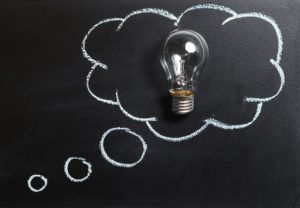
While traditionally the integration of theory and practice is routine in vocational education, in tertiary education theoretical education is often separated from practice. After all graduates shall satisfy requirements in jobs and society. This is often not the case due to a lack of exchange between theory and practice during education.
In contrast to classical education formats co-operative learning approaches offer alternative opportunities to solve this problem. Our research questions how co-operative formats can be defined and discusses which barriers and innovative values each format entails. This is supplemented with the lessons learnt from a recent H2020 BioEnergyTrain curricula project on bioenergy skilling.
What can be learned from the status quo is that co-operation in education and training plays only a minor role in the overall education system. When searching for co-operative study programmes it is remarkable that apart from dual study programmes there is no explicit definition of co-operative education and training formats.

Although EU strategies (Strategic Energy Plan Roadmap Education and Training, Action Agenda for European Universities) identify co-operation between Higher Education Institutions (HEIs) and business as crucial to meet these challenges, the number of co-operative education programmes directed towards meeting the challenges posed by the energy transition is low.
To support energy transition HEIs need to provide a co-operation and co-ordination platform. Society requires adequately trained people to deal with and create low emission energy systems and the challenges arising therewith, handle new technologies, complex systems and pushing ahead innovation and put all dimensions of sustainable development into practice.
Altogether as many as 15 authors contributed to the case studies discussed in the article, most of them members and partners of the European Sustainable Energy Innovation Alliance (ESEIA).
Comments